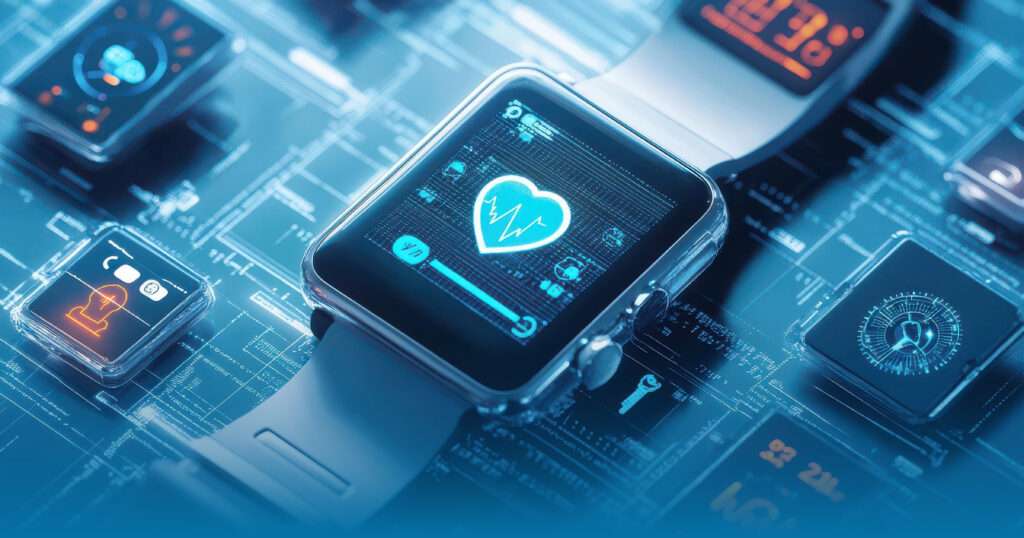The integration of connected medical devices into healthcare systems has revolutionized patient care, enabling real-time monitoring and data-driven decision-making. However, this interconnectedness also introduces significant cybersecurity risks that can compromise patient safety, data privacy, and the integrity of healthcare operations. As cyber threats evolve, it is imperative for manufacturers, healthcare providers, and regulators to adopt comprehensive strategies to ensure the security and compliance of these devices.
Evolving Landscape of Cybersecurity in Connected Medical Devices
In 2024, the cybersecurity challenges associated with connected medical devices have become more pronounced. Manufacturers report three primary challenges: asset management, integrating security within research and development (R&D), and maintaining operational efficiency.
The U.S. Food and Drug Administration (FDA) has issued final guidance emphasizing the importance of cybersecurity in medical devices. This guidance provides recommendations on cybersecurity considerations and outlines the information to include in premarket submissions.
Additionally, the FDA has identified cybersecurity risks in certain patient monitors, highlighting the potential for unauthorized access and manipulation of these devices.
Regulatory Frameworks and Compliance for Cybersecurity in Connected Medical Devices
Compliance with regulatory standards is crucial for mitigating cybersecurity risks. The FDA’s guidance on cybersecurity in medical devices emphasizes the need for manufacturers to integrate cybersecurity considerations into the design and development processes. This includes conducting threat modeling, risk assessments, and implementing design controls to address potential vulnerabilities.
Furthermore, the U.S. Department of Health and Human Services has proposed new cybersecurity measures aimed at protecting healthcare data. These measures include mandatory multifactor authentication, network segmentation, and encryption of patient data to safeguard it even if stolen.
Best Practices for Risk Mitigation of Cybersecurity in Connected Medical Devices
To effectively mitigate cybersecurity risks, healthcare organizations and manufacturers should adopt the following best practices:
- Implement Robust Risk Management Processes: Establish comprehensive risk management frameworks that include regular threat assessments, vulnerability analyses, and mitigation strategies.
- Integrate Security into the Development Lifecycle: Adopt a “shift-left” approach by embedding cybersecurity measures early in the R&D process to identify and address potential vulnerabilities before product deployment.
- Conduct Regular Security Testing and Audits: Perform continuous testing, including penetration testing and vulnerability assessments, to identify and rectify security weaknesses.
- Ensure Compliance with Regulatory Standards: Adhere to established cybersecurity guidelines and standards, such as those provided by the FDA and the Department of Health and Human Services, to ensure compliance and enhance device security.
- Enhance Collaboration Across Stakeholders: Foster collaboration between manufacturers, healthcare providers, and regulators to share information, address emerging threats, and implement effective security measures.
Path Forward for Safety of Connected Medical Devices
As the healthcare industry continues to embrace connected medical devices, ensuring their cybersecurity remains a top priority. By adhering to regulatory guidelines, implementing robust security measures, and fostering collaboration among stakeholders, the industry can mitigate risks and enhance the safety and efficacy of medical devices.
The evolving cybersecurity landscape necessitates continuous vigilance and adaptation. By staying informed about emerging threats and regulatory changes, healthcare organizations and manufacturers can proactively address cybersecurity challenges and safeguard patient care.
Recent Developments in Medical Device Cybersecurity
- FDA Identifies Risks in Patient Monitors: The FDA has identified cybersecurity risks in certain patient monitors, urging healthcare facilities to take steps to mitigate these risks.
- Proposed HIPAA Security Rule Updates: The Department of Health and Human Services has proposed new regulations to enhance cybersecurity protections for electronic protected health information, including mandatory multifactor authentication and encryption standards.
- Cyber Resilience Act in the EU: The European Union is implementing the Cyber Resilience Act, which will require manufacturers of digital products, including medical devices, to enhance cybersecurity throughout the product lifecycle management.
These developments highlight the global commitment to enhancing cybersecurity in medical devices and underscore the importance of compliance and risk mitigation strategies.
Conclusion
The cybersecurity of connected medical devices is a critical component of modern healthcare. By adhering to regulatory guidelines, implementing best practices, and fostering collaboration among stakeholders, the industry can mitigate risks and ensure the safety and efficacy of medical devices. Continuous vigilance and adaptation to emerging threats are essential to safeguarding patient care in an increasingly interconnected world.
Healthcare organizations and medical device manufacturers are encouraged to review the IMDRF N60 guidance and other relevant resources to enhance their cybersecurity practices. Implementing robust cybersecurity measures not only ensures compliance but also protects patient safety and fosters trust in medical technologies.
How DDReg Can Help
DDReg partners with medical device manufacturers through the complex cybersecurity and regulatory procedures. From risk assessments and mitigation strategies to preparing compliant regulatory submissions and supporting post-market surveillance, we ensure your connected devices meet global standards like FDA, IMDRF, and EU Cyber Resilience Act. Our expert guidance minimizes cybersecurity risks, safeguards patient safety, and helps you achieve seamless regulatory compliance.
Read more from DDReg Experts: Point of Care Diagnostics Making Healthcare More Accessible

